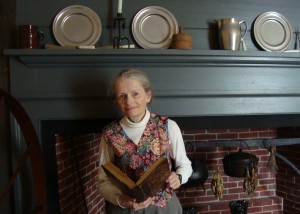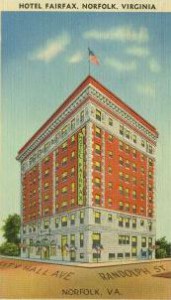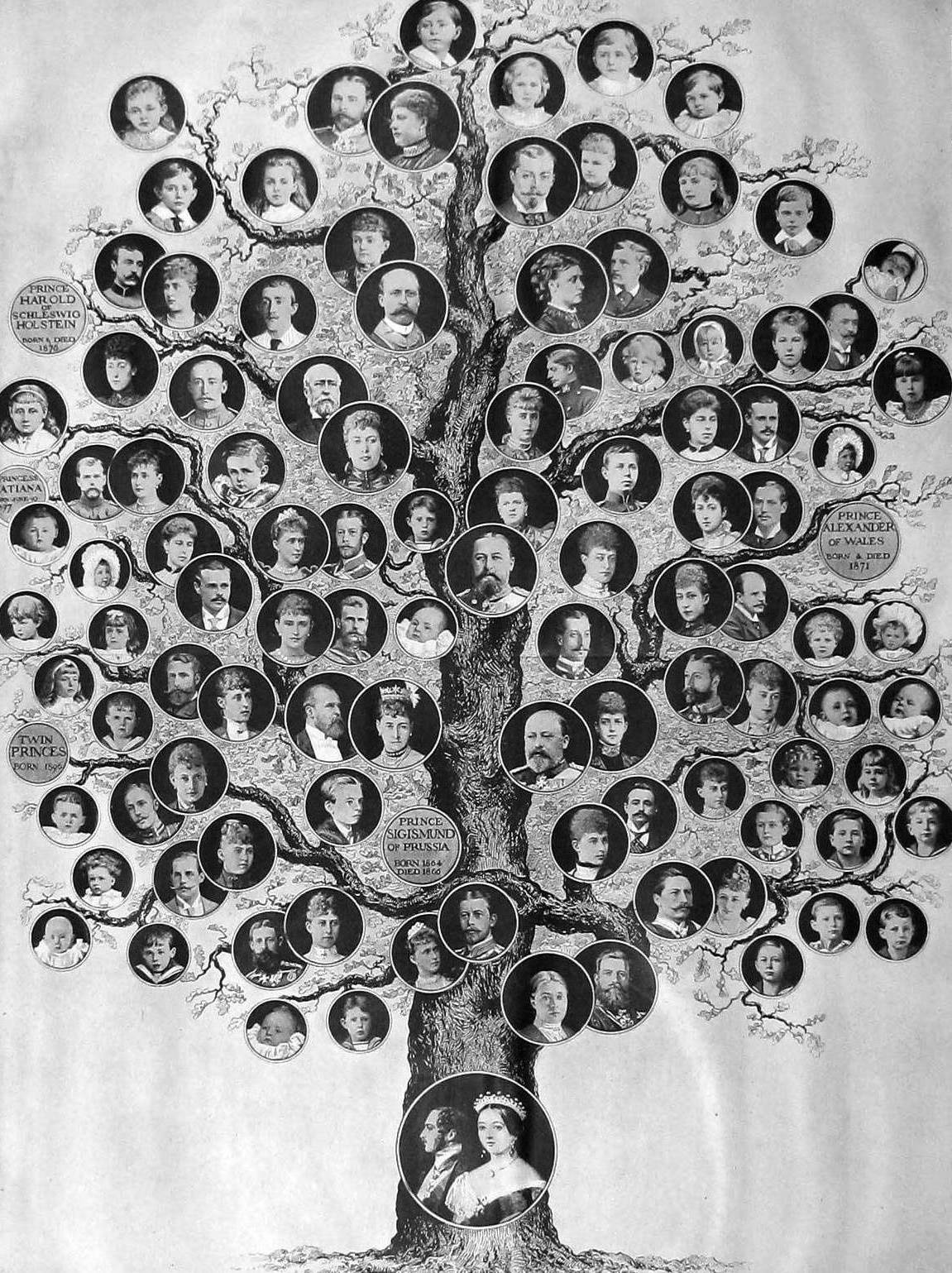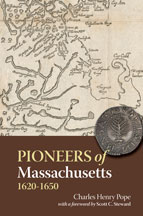
Marilynne K. Roach will lecture tomorrow at 6 p.m. at the New England Historic Genealogical Society (99-101 Newbury Street in Boston). Marilynne’s most recent book is Six Women of Salem: The Untold Story of the Accused and Their Accusers in the Salem Witch Trials, published by Da Capo Press.
Scott C. Steward: Your subjects are the accused and their accusers, and come from several economic and social strata. What makes them representative?
Marilynne K. Roach: The six women in my book, besides being specific individuals, can represent to some extent others of their varying stations in life: accused, accusers and both in one; free and slave; rich, poor, and middling; survivors and those who died. I also chose these six because enough information about their respective lives was available. Continue reading An interview with Marilynne Roach: Part One





